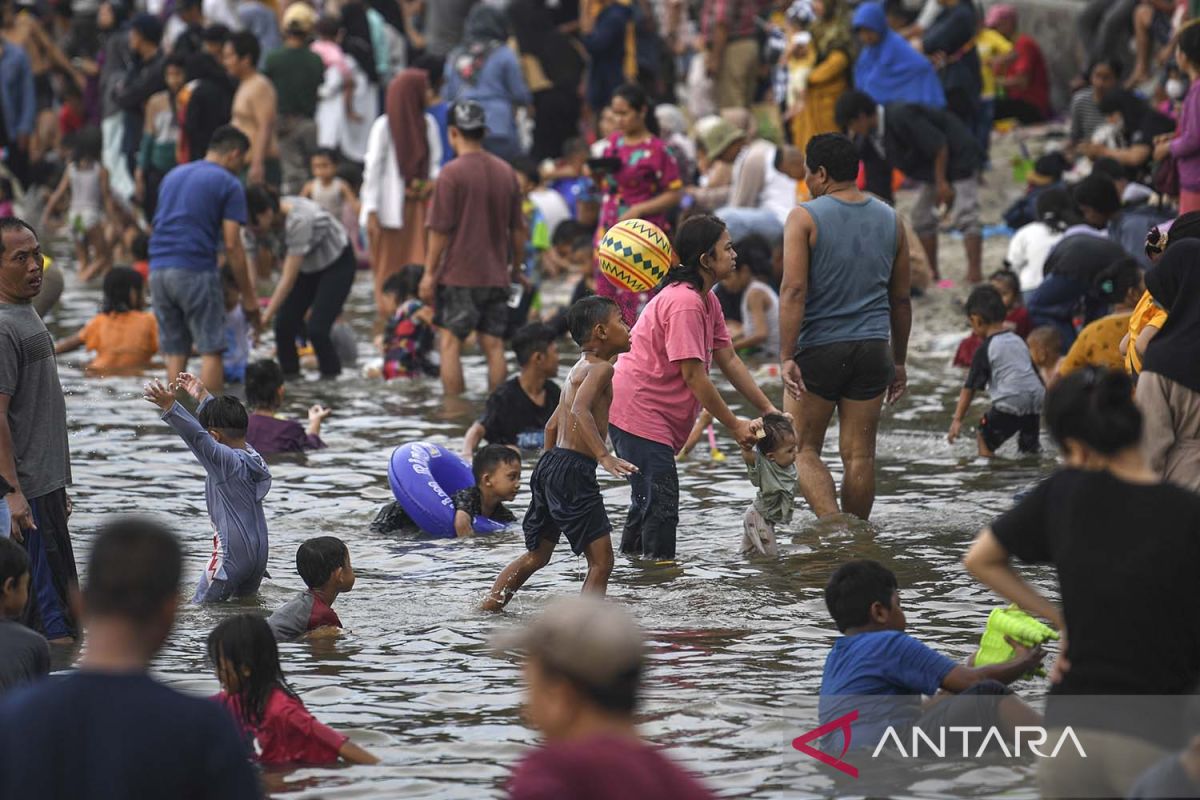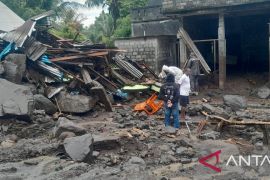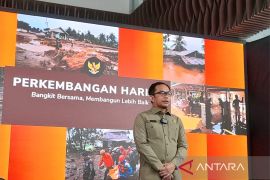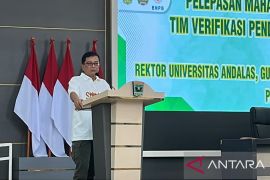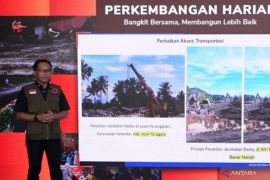"The request for the establishment of evacuation zones has been distributed in the form of the BNPB Circular Letter to all natural tourism destination managers, both those managed by the government and private," said Lilik Kurniawan, BNPB Deputy for Logistics and Equipment, on Wednesday.
He said that the BNPB and Regional Disaster Mitigation Agency (BPBD) seek to ensure the presence of evacuation zones at natural tourism destinations.
The BNPB considers evacuation zones to be important because the majority of the natural tourism destinations fall into the category of regions prone to wet hydrometeorological disasters, such as floods, landslides, and tornadoes, including tsunamis and earthquakes.
Based on the analysis conducted by the Meteorology, Climatology, and Geophysics Agency (BMKG), most parts of Indonesia have the potential for light, moderate, or heavy rainfall during the Eid holidays this year.
The weather agency forecast that a week before Eid on April 3–9, moderate to heavy rains will occur, and then, in the second phase, during the Eid week on April 10–16, Indonesia will experience sunny and cloudy conditions, with the likelihood of rain.
On April 17–23, or the week after Eid, northern and central Indonesia can potentially receive light to moderate rain.
"Especially in the Java Island region, which during the Eid holiday period is vulnerable to disaster because of the high potential for rain and increased movement of people," Kurniawan added.
The BMKG has mapped disaster-prone locations in Java, such as Puncak Bogor in West Java, Mount Bromo and Banyuwangi in East Java, and Yogyakarta's Pantai Selatan (southern coast).
Related news: Use InaRISK to monitor disaster threat: BNPB to exodus travelers
Related news: Basarnas strengthens exodus safety measures on Java Island
Translator: M Prasetyo, Kenzu
Editor: Anton Santoso
Copyright © ANTARA 2024
